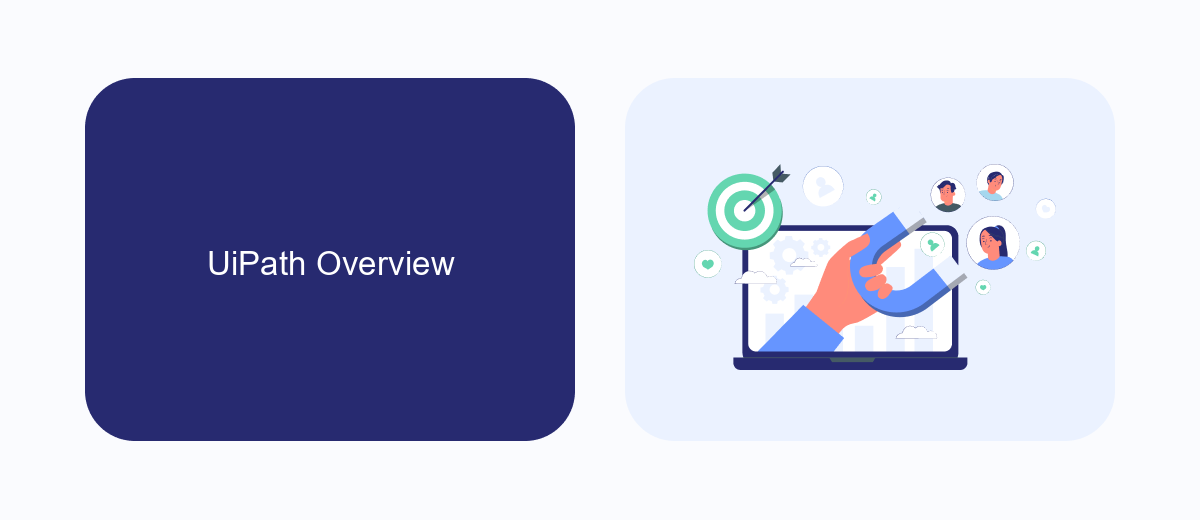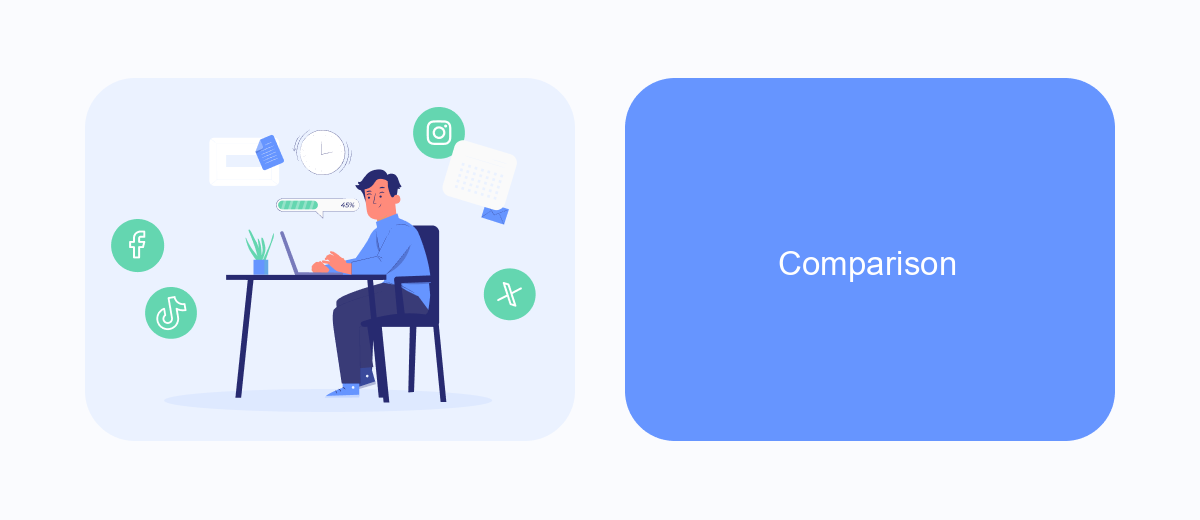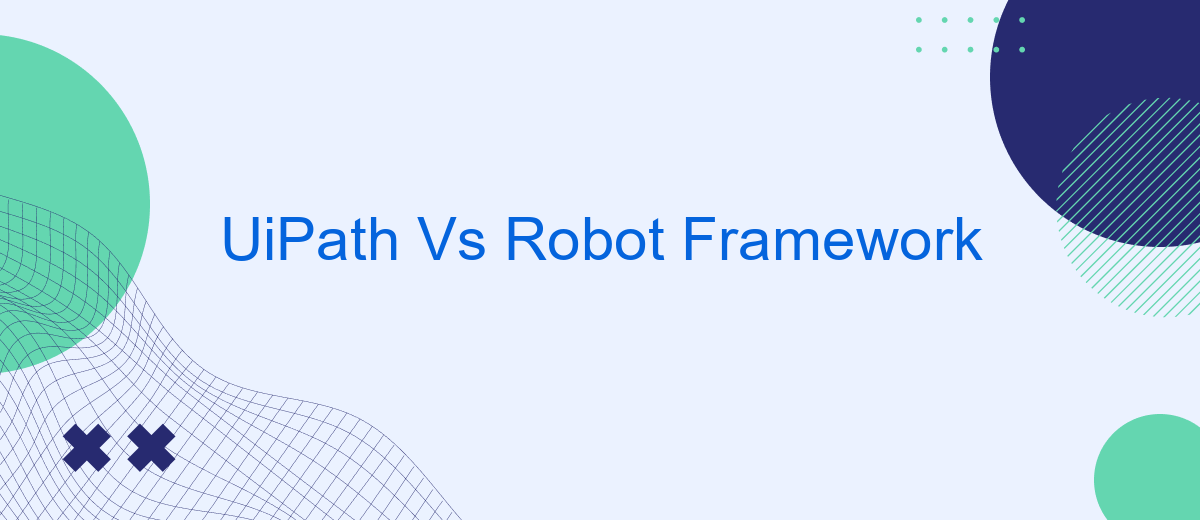When it comes to automating repetitive tasks, UiPath and Robot Framework are two of the most popular tools in the market. Both offer unique features and capabilities that cater to different needs and preferences. This article delves into a comparative analysis of UiPath and Robot Framework, helping you determine which tool is best suited for your automation requirements.
Introduction
In the realm of automation, UiPath and Robot Framework are two prominent tools that have gained significant attention. Both platforms offer unique functionalities and cater to different aspects of automation needs. Understanding their differences and strengths can help organizations make informed decisions about which tool to adopt for their specific requirements.
- UiPath: A leading RPA (Robotic Process Automation) tool known for its user-friendly interface and extensive integration capabilities.
- Robot Framework: An open-source automation framework that is highly versatile and supports various test automation and RPA needs.
- SaveMyLeads: A service that simplifies the integration process, making it easier to connect UiPath or Robot Framework with other applications and services.
Choosing the right automation tool depends on several factors, including the complexity of the tasks, integration needs, and the technical expertise of the team. By comparing UiPath and Robot Framework, organizations can identify the most suitable solution to enhance their automation strategy and achieve their business goals efficiently.
UiPath Overview

UiPath is a leading Robotic Process Automation (RPA) platform designed to automate repetitive and mundane tasks, allowing businesses to focus on more strategic activities. It offers a user-friendly interface and a robust set of tools that enable both technical and non-technical users to create automation workflows efficiently. UiPath provides a comprehensive suite of products, including UiPath Studio for designing workflows, UiPath Orchestrator for managing and monitoring automation, and UiPath Robots for executing tasks. With its drag-and-drop functionality and extensive library of pre-built activities, UiPath simplifies the automation process and enhances productivity.
In addition to its core features, UiPath supports seamless integration with various third-party applications and services, ensuring a smooth automation experience across different platforms. For instance, SaveMyLeads is a service that can be integrated with UiPath to automate lead management processes. By connecting UiPath with SaveMyLeads, businesses can automatically capture and process leads from multiple sources, reducing manual effort and improving response times. This integration capability makes UiPath a versatile and powerful tool for organizations looking to streamline their operations and drive efficiency.
Robot Framework Overview

Robot Framework is a versatile open-source automation framework primarily used for test automation and robotic process automation (RPA). It utilizes a keyword-driven approach, making it easy for users to create readable and reusable test scripts. The framework supports multiple test libraries and can be extended with custom libraries written in Python or Java.
- Open-source and free to use.
- Supports keyword-driven testing.
- Extensible with custom libraries.
- Integrates with various tools and services.
- Platform-independent and flexible.
Robot Framework's integration capabilities are further enhanced by services like SaveMyLeads, which facilitate seamless connectivity with various applications and data sources. This makes it easier to automate complex workflows and ensure smooth data transfer between systems. Overall, Robot Framework offers a robust solution for both testing and automation needs, providing flexibility and ease of use for developers and testers alike.
Comparison

When comparing UiPath and Robot Framework, it's essential to consider their primary use cases and strengths. UiPath is a robust RPA (Robotic Process Automation) tool designed for automating repetitive tasks in business processes. It offers a user-friendly interface and extensive integration capabilities, making it suitable for enterprise-level automation projects.
On the other hand, Robot Framework is an open-source automation framework that focuses on test automation and robotic process automation. It is highly extensible and supports various libraries and tools, making it a versatile choice for developers who need flexibility and customization in their automation projects.
- Ease of Use: UiPath provides a drag-and-drop interface, whereas Robot Framework requires scripting knowledge.
- Integration: UiPath has built-in integrations and supports third-party services like SaveMyLeads, while Robot Framework relies on custom libraries for integrations.
- Cost: UiPath is a commercial product with licensing fees, while Robot Framework is open-source and free to use.
- Community Support: Both have active communities, but Robot Framework benefits from extensive open-source contributions.
Ultimately, the choice between UiPath and Robot Framework depends on your specific needs, budget, and technical expertise. UiPath is ideal for businesses seeking a comprehensive, out-of-the-box solution, while Robot Framework is better suited for those who require a customizable and cost-effective approach.
Conclusion
In conclusion, both UiPath and Robot Framework offer robust solutions for automation, each with its own strengths. UiPath excels in providing a user-friendly interface and extensive integration capabilities, making it ideal for businesses seeking a comprehensive automation platform. Its drag-and-drop functionality and pre-built activities allow for rapid development and deployment, which can be particularly beneficial for organizations looking to streamline their processes quickly.
On the other hand, Robot Framework stands out with its flexibility and open-source nature, which appeals to developers who prefer a more customizable and code-centric approach. Its versatility in integrating with various tools and libraries makes it a powerful choice for complex automation tasks. For those looking to enhance their automation workflows further, services like SaveMyLeads can be instrumental in simplifying integration setups, ensuring seamless data flow between different systems. Ultimately, the choice between UiPath and Robot Framework will depend on the specific needs and technical preferences of your organization.


FAQ
What are the key differences between UiPath and Robot Framework?
Which one is easier to learn for beginners, UiPath or Robot Framework?
Can UiPath and Robot Framework be integrated with other systems?
What are the main use cases for UiPath and Robot Framework?
How can I get help with implementing automation using these tools?
Would you like your employees to receive real-time data on new Facebook leads, and automatically send a welcome email or SMS to users who have responded to your social media ad? All this and more can be implemented using the SaveMyLeads system. Connect the necessary services to your Facebook advertising account and automate data transfer and routine work. Let your employees focus on what really matters, rather than wasting time manually transferring data or sending out template emails.
